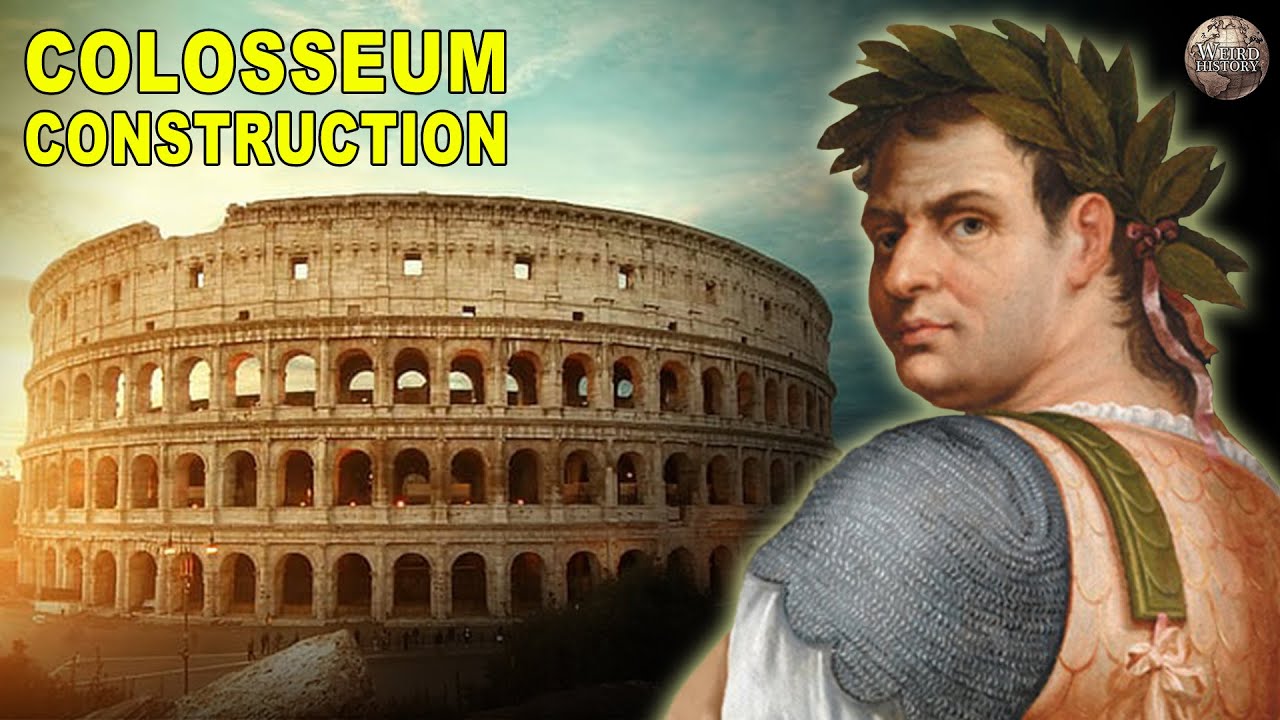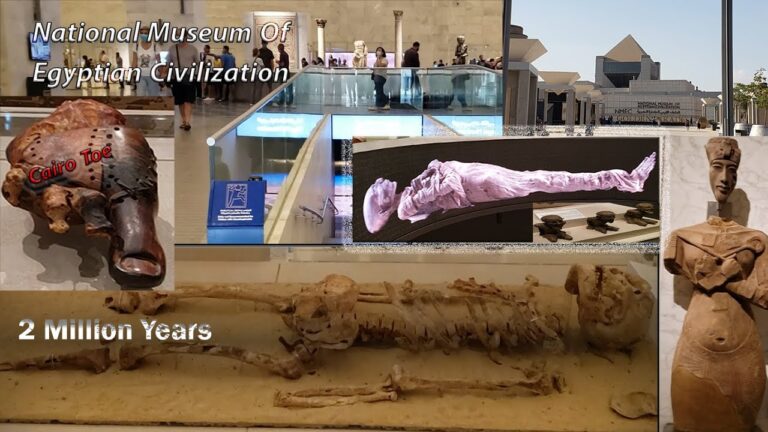The Colosseum is an iconic structure located in Rome, Italy, that was originally built in 70-72 AD under the rule of Emperor Vespasian. It is one of the most famous buildings in the world and is considered to be a masterpiece of Roman architecture and engineering. The Colosseum was built as an amphitheater for the purpose of hosting gladiatorial contests and public spectacles, such as animal hunts and executions. It is a remarkable example of ancient Roman engineering and has survived over two thousand years, despite having been damaged by earthquakes, fire, and stone robbers.
History of the Colosseum
The Colosseum was originally known as the Flavian Amphitheater, and was commissioned by the Emperor Vespasian in 70 AD. It was built on the site of a large artificial lake that had been constructed by Emperor Nero. The Colosseum was completed in 80 AD under the rule of Emperor Titus. It was designed to be an elliptical amphitheater, with a floor area of 6 acres and an estimated capacity of 50,000 spectators.
The Colosseum was used for gladiatorial contests, public spectacles, and animal hunts. It also served as a place for public executions. It was used for these events for over four centuries, until it was abandoned in the 6th century due to a series of earthquakes.
Design and Construction
The Colosseum was designed by the architects and engineers of the Roman Empire. It was constructed using a combination of concrete, tuff, and travertine, and featured an intricate system of arches and vaults that supported the structure. The building was divided into three levels, with the first two levels featuring 80 arches and the top level featuring 64. The Colosseum was also fitted with a retractable awning, known as the velarium, which was used to protect the spectators from the sun.
Restoration
The Colosseum has undergone numerous restorations throughout its history. The first major restoration was carried out in the 19th century by Pope Pius IX, who added a new outer wall and two new floors. The most recent restoration was carried out in the early 21st century, and included the installation of a new drainage system and the restoration of the Colosseum’s outer walls.
Significance
The Colosseum is one of the most recognizable monuments in the world, and is a symbol of the power and might of the Roman Empire. It is also a testament to the engineering and architectural skills of the Romans, and has been a source of inspiration for many modern architects and engineers. The Colosseum is now a UNESCO World Heritage Site and is visited by millions of people every year.




